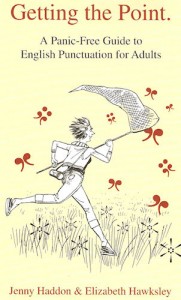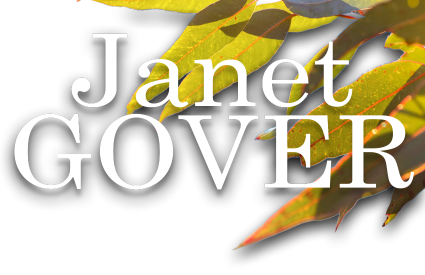
It is amazing what we think we know… but don’t.
Actually – I didn’t really think I was terrific at punctuation. But I thought I did OK. After all, I’ve written seven novels. I had to have some idea about punctuation. Right?
This week, I joined a group of about 30 fellow RNA members in London for a workshop on punctuation run by the wonderful Elizabeth Hawksley. As well as penning many historical novels, she is the co-author of one of my most used reference books – which sits on my desk next to my two books of baby names and an Alice Cooper teddy bear.
The group at the workshop included both published and unpublished writers, which just goes to show that no matter how long we have been at this – we never stop worrying about punctuation.
Elizabeth started with extracts from two published authors. We looked for and found many errors of punctuation in both – before being told they were extracts of work by authors who are revered in their respective genres – Ian McEwan and Georgette Heyer.
This suggests two things – accepted punctuation rules do change over time. And even the greats get it wrong sometimes.
In an afternoon punctuated (!!!) with amusing tales and much laughter, I learned a few new things and reinforced a few I already knew.
For me, the key points of the day – which are now firmly fixed in my mind, included: (note the correct use of the colon)
- If the action belongs to the speaker, it remains in the same paragraph e.g. ‘I know.’ Adam opened the box.
- If there are two speakers – use two paragraphs. The new speaker (and their actions) get a new paragraph.
- There is always a punctuation mark before the close of inverted commas or speech marks. What you call them seems to depend on where you were educated.
- Don’t close inverted commas until the person has finished speaking. If their dialogue covers two paragraphs, open the speech marks at the beginning of the second paragraph, but close them only when the dialogue is finished.
- The first letter of the first spoken word is always upper case, even if it follows a comma
- Don’t ever use : to punctuate dialogue – although it is fine within, if appropriate.
- And perhaps the most useful thing for me was… Imagine the speech as a separate sentence. Take out the ‘he said’ and so forth, and punctuate it as if it was on its own.
Of course, Elizabeth pointed out, publishers have their own house styles and there will be times you and your editor will disagree on punctuation. If it’s really awful – stand up for your principles. But sometimes you have to grit your teeth and give in gracefully.
And she did remind us that sometimes it’s better to re-write the section in a better way, so that punctuation disputes are avoided. (I do that all the time.)

Thanks for a really useful session, Elizabeth and I have one request to make. If you read this, please don’t check the punctuation – because I’m sure there will be something wrong.
